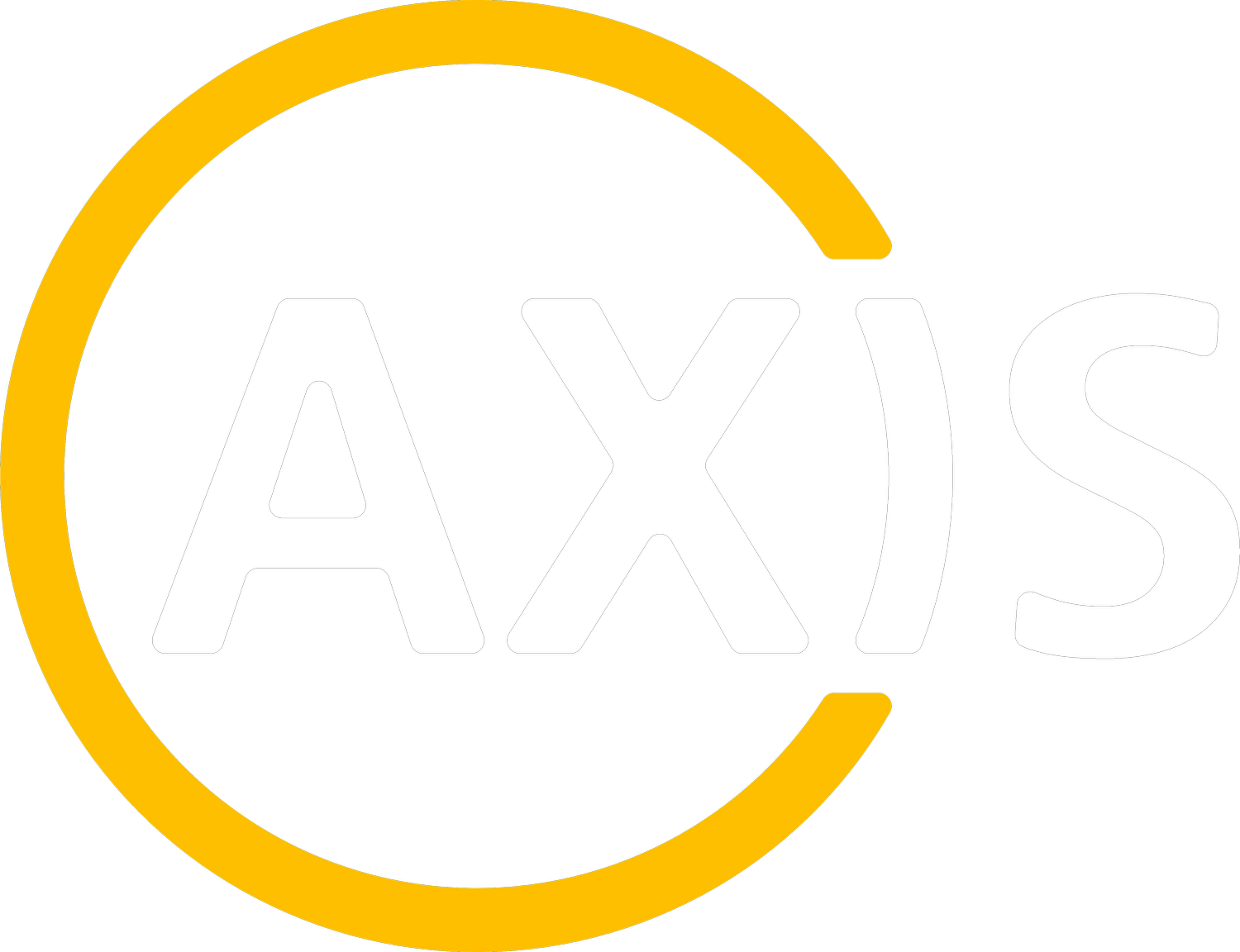Enhancing Workforce Readiness: Virtual Training Tools as a Strategic Supplement in Oil & Gas
Enhancing Workforce Readiness: Virtual Training Tools as a Strategic Supplement in Oil & Gas
The oil and gas industry is defined by its operational complexity, high-consequence environments, and regulatory rigor — all of which place a premium on workforce competence. Traditional training methods, including classroom instruction, field mentoring, and procedure-based certification, remain deeply embedded across the sector, and for good reason: they reflect decades of institutional knowledge and compliance requirements.
However, emerging virtual training tools are reshaping how organizations approach skills development — not by replacing traditional training, but by augmenting it. These simulation-driven environments offer new ways to reinforce learning, accelerate onboarding, and enhance situational response — all while supporting, not disrupting, the existing training framework.
Simulation-Based Tools: A New Layer of Learning
Virtual training platforms use advanced computer modeling, logic-based scenarios, and interactive 3D environments to replicate real-world conditions. Trainees can engage in procedural walkthroughs, practice abnormal operations, and make critical decisions — all in a consequence-free digital space. These tools often run on standard desktops or tablets, making them scalable and accessible across the workforce without requiring full VR hardware integration.
What distinguishes virtual training is its ability to provide contextual, repeatable practice on site-specific systems. Whether simulating a tank farm shutdown or a gas compression startup, these platforms offer rich, feedback-driven experiences that align with how teams actually operate in the field.
Supporting — Not Replacing — Traditional Methods
While hands-on learning and field-based instruction remain irreplaceable components of oil and gas training, virtual tools fill critical gaps:
1. Pre-Field Rehearsal:
Before stepping into hazardous or complex environments, personnel can rehearse key procedures virtually. This primes them for field training, reducing first-time error rates and improving safety performance.
2. Scenario Exposure Beyond Live Operations:
Certain abnormal or emergency scenarios — such as flare system malfunctions or process upsets — are rarely encountered during routine operations. Virtual training allows teams to practice responses to these high-impact, low-frequency events in a controlled environment.
3. Reinforcement and Retention:
Post-training refreshers can be delivered virtually, helping to sustain knowledge over time. These can supplement operator training programs (OTPs) or act as pre-recertification practice modules.
4. Cross-Site and Remote Training:
In geographically dispersed operations, virtual training enables standardized instruction across sites, ensuring consistent execution of procedures and safety standards.
Integrated Feedback and Competency Tracking
One of the most valuable aspects of virtual training tools is their ability to collect granular performance data. Every action — from task sequencing and decision-making to system interactions — can be logged and analyzed. This enables trainers to identify knowledge gaps early, tailor instruction to the individual, and tie performance directly into Competency Management Systems (CMS).
Moreover, integration with control system emulators (e.g., DCS, SCADA) and digital twins allows for more complex, system-wide training environments that closely mirror real operational conditions.
Adoption with Intent: A Phased, Strategic Approach
Operators are not abandoning traditional training models — rather, they are embedding virtual training tools as part of a layered approach. Leading organizations are applying them selectively where they add the most value: in onboarding, cross-training, emergency preparedness, and procedural reinforcement.
This hybrid strategy honors the strengths of hands-on, mentor-led learning while capitalizing on the scalability, repeatability, and safety of simulation-based instruction.
The Future is Blended: A Smarter Training Toolbox
Virtual training is not a silver bullet — nor is it meant to be. But as part of a broader training architecture, it serves as a highly effective layer that increases preparedness, reduces operational risk, and shortens time to proficiency. For an industry built on precision, safety, and preparedness, virtual training tools represent an intelligent evolution — a modern enhancement to time-tested methods, not a departure from them.
Resource Links:
VR Learning in Oil & Gas: 2024 Guide to Immersive Training
https://synergyxr.com/resources/learn/blogs/vr-learning/
Virtual Reality Revolutionizes Training and Operations in the Oil and Gas Industry
https://energiesmedia.com/virtual-reality-revolutionizes-training-and-operations-in-the-oil-and-gas-industry/
VR Training in Oil and Gas | Transform Learning
https://www.luminousxr.com/vr-training-oil-gas-energy/
Virtual Reality Streamlines Training, Boosts Skills
https://jpt.spe.org/virtual-reality-streamlines-training-boosts-skills
These sources provide valuable insights into how VR is transforming training in the oil and gas industry by improving safety, engagement, and operational efficiency.

